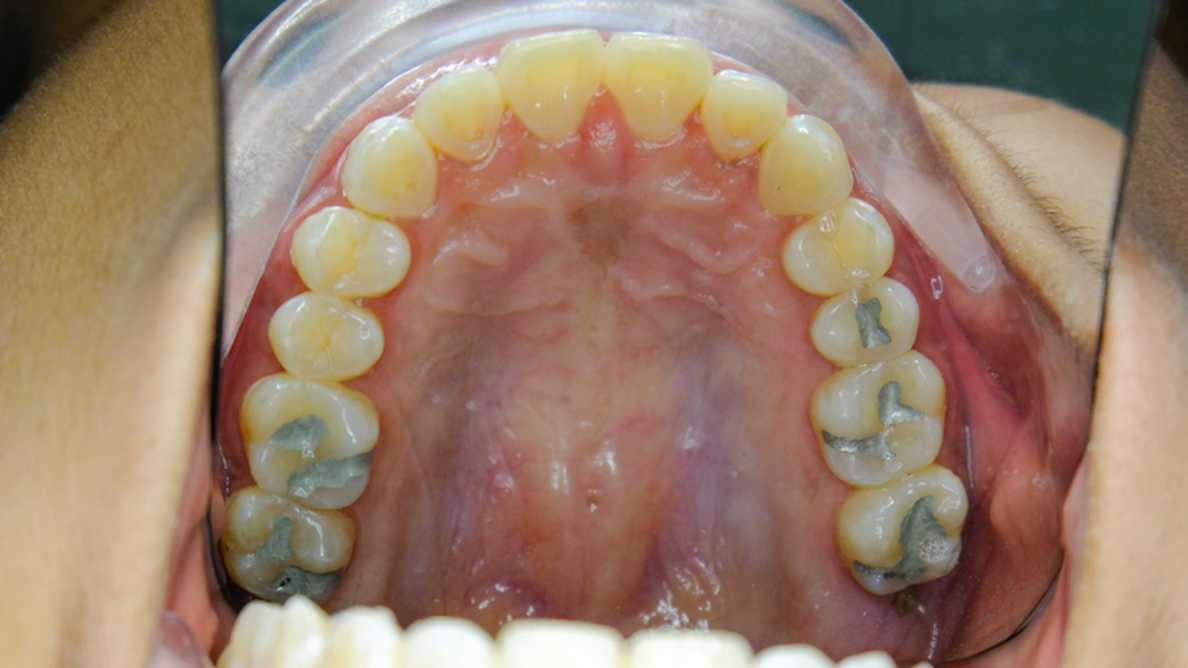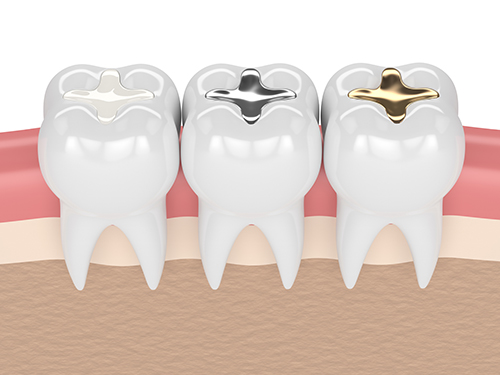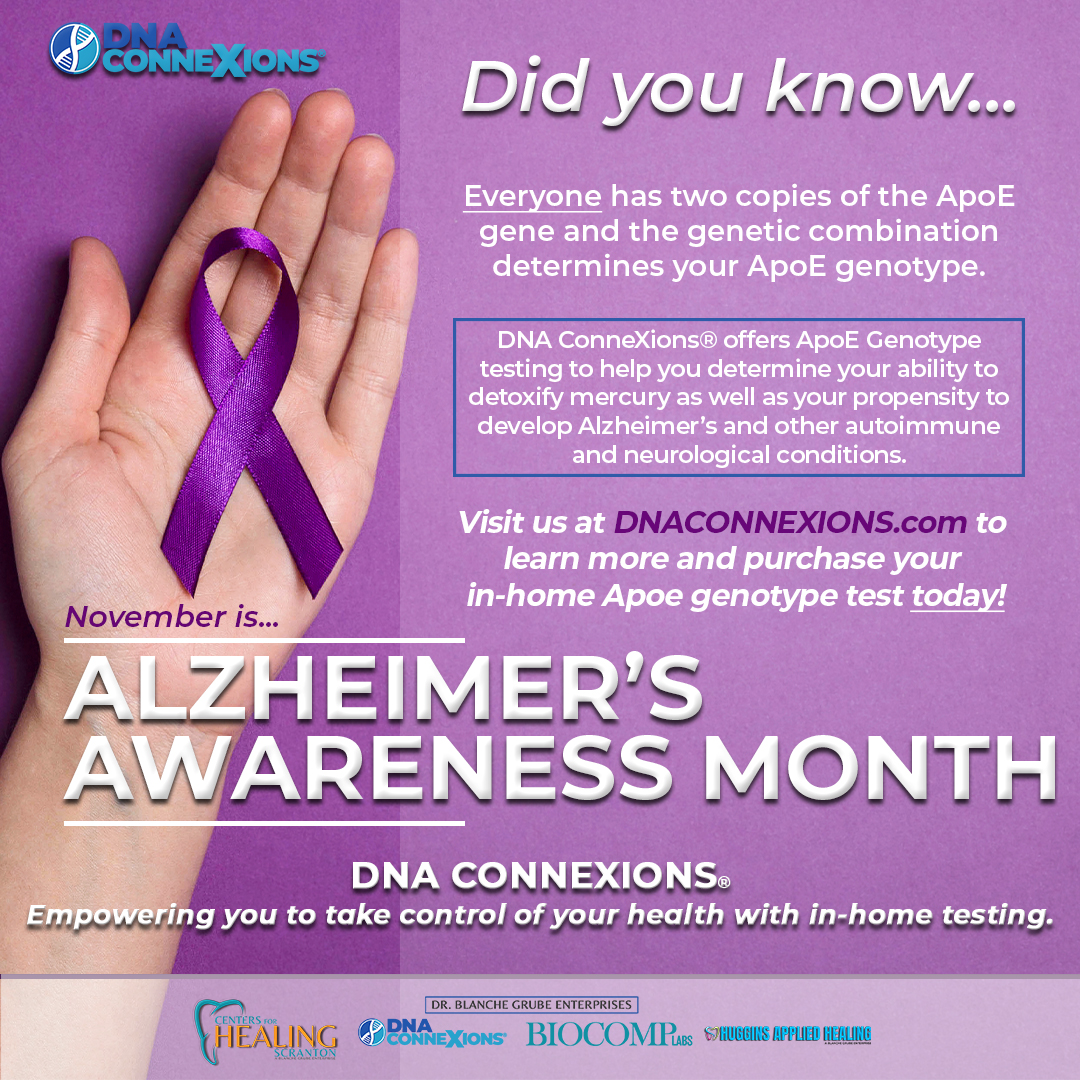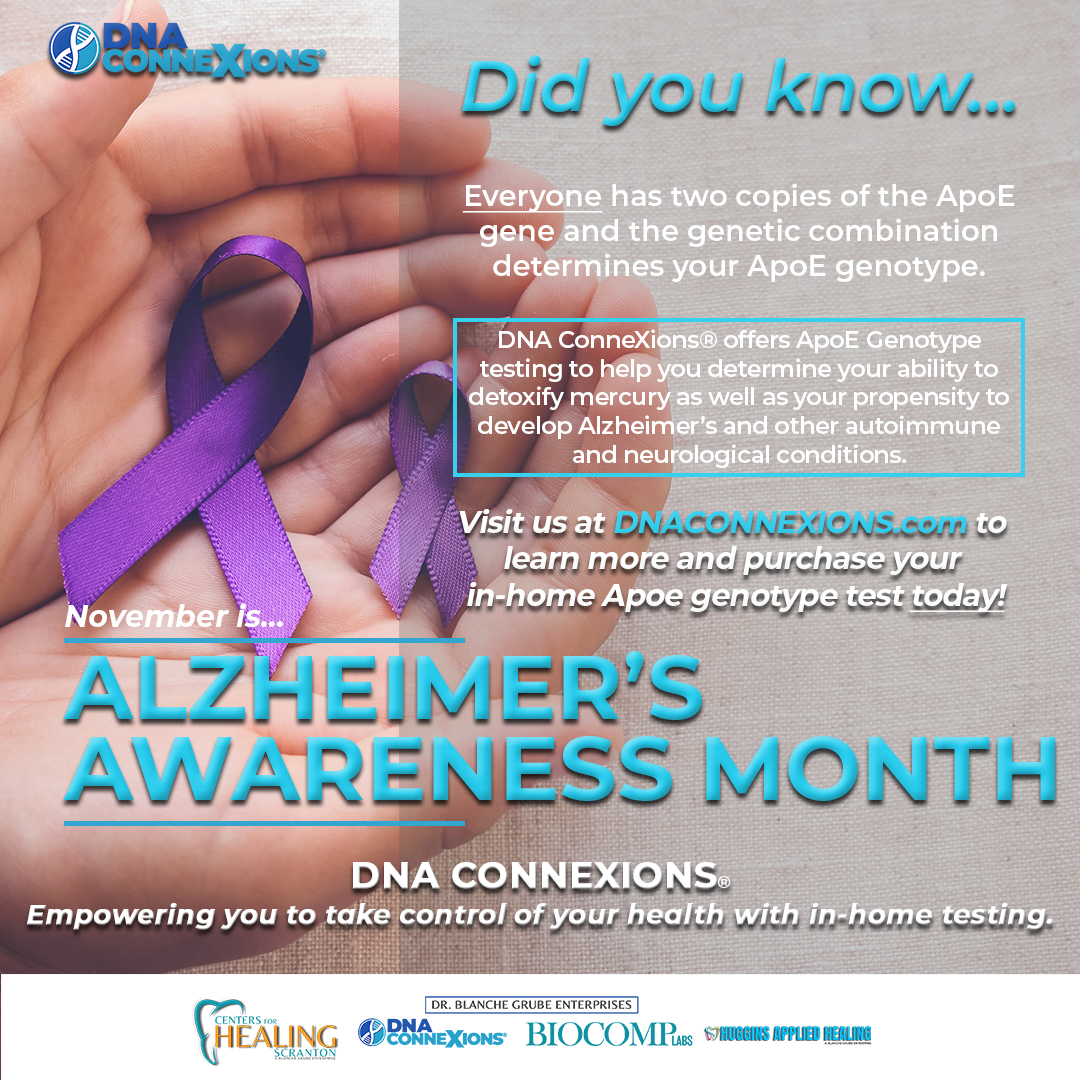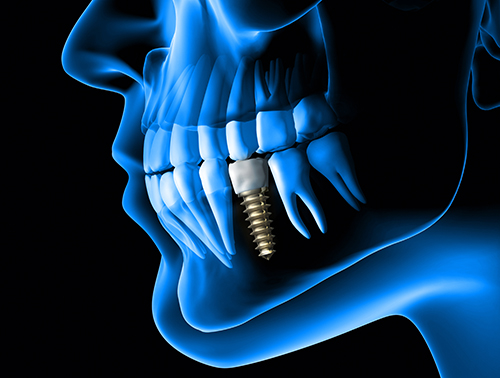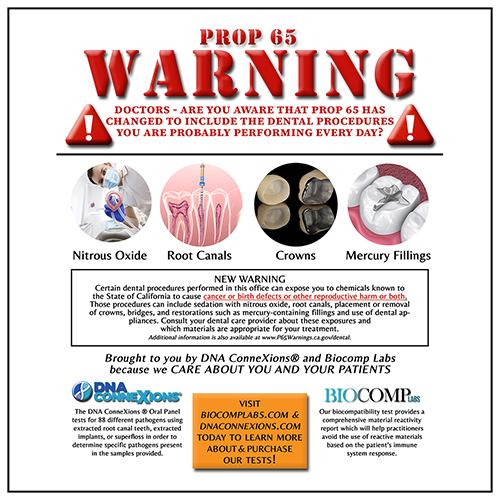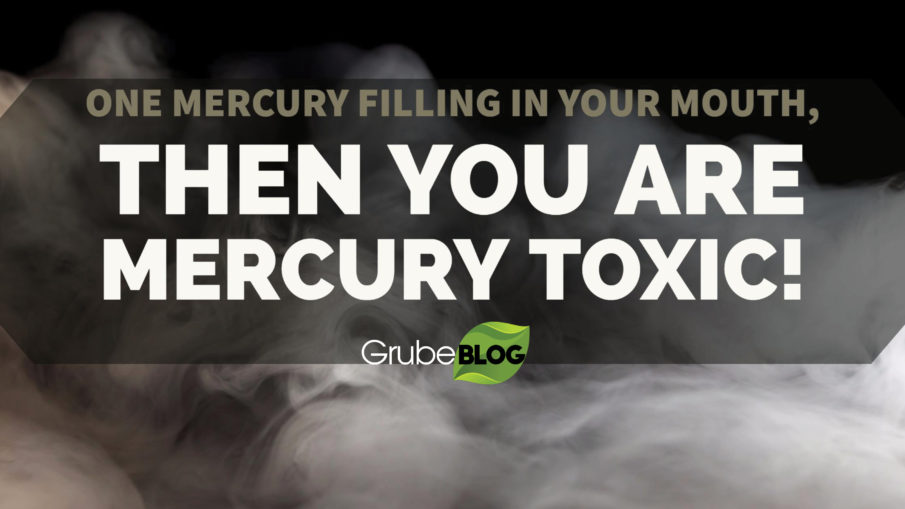
Dear Friends,
Several weeks ago, we proposed a pop quiz for our readers: “What is a mercury vapor test, and what do its numbers mean?” Several of you submitted answers. For the sake of all, here’s our explanation.
The Mercury Vapor Test
This test has been used in my office for over 25 years, where it has become an integral part of the Huggins-Grube Protocol.
A mercury vapor test, by means of a Jerome Mercury Vapor Analyzer, measures the amount of mercury gas being emitted from a patient. This emission is either from amalgam fillings or from the patient’s lungs.
Its Place in My Practice
This test has been used in my office for over 25 years, where it has become an integral part of the Huggins-Grube Protocol.
A mercury vapor test, by means of a Jerome Mercury Vapor Analyzer, measures the amount of mercury gas being emitted from a patient. This emission is either from amalgam fillings or from the patient’s lungs.”
During a dental revision patient’s first visit to my office, my staff takes a first reading with the mercury vapor analyzer. Then, we use a Rita Meter to do electrovalence testing. Essentially, this measures the electrical charge being emitted by each mercury filling in that patient’s mouth.
Unfortunately, this does not measure the mercury level that may be present under a crown. In any case, we take this electrovalent reading at this point because we don’t want to compromise it by the next step in the process.
What is that step? Gum-chewing! That’s right, we give the patient a stick of gum (sugarless, of course) and ask him or her to chew for ten minutes. This simulates the experience of a meal, during which chewing creates friction on the surface of the fillings, which in turn causes the release of mercury gas.
After having chewed gum for ten minutes, the patient is asked to open his or mouth, without taking a deep breath. We then take a second reading with the mercury vapor analyzer.
The Meaning of the Numbers
Through the end of 1999, the FDA’s “safe” level of mercury was 4 micrograms (mcg). Then, on January 1st 2000, the agency lowered that number to 1 mcg.
Still today, according to the most recent FDA guidelines, 1 mcg of mercury per cubic meter is the maximum allowable dose – or upper “safe limit” – before the onset of mercury toxicity symptoms. There are, however, rumors of that number being lowered even further.
Now, since beginning to use a mercury vapor analyzer, take a guess at how many patients had less than 1 mcg.
ZERO!
That’s right: after twenty-five years of testing for mercury vapor emissions, the lowest reading my office has ever seen has been 1 mcg. (However, the problem – as one of my readers cleverly pointed out – is that no human being has a mouth that measures a cubic meter!)
On the other hand, the highest reading we have measured was a staggering 780 mcg. When I saw that number, I was so shocked I wanted to get up from my chair and leave the room!
Either way, it is important to realize that there is never a moment when a silver filling is not emitting mercury vapor!
Getting Down to the Brass Tacks
Either way, it is important to realize that there is never a moment when a silver filling is not emitting mercury vapor!”
Here’s the bottom line: if you have just one mercury filling in your mouth, then you are mercury toxic! That means your immune system is being overworked, making you vulnerable to developing any number of autoimmune conditions.Related Biological, Biocompatible, Mercury Free (Amalgam Free), Mercury safe, Cosmetic Dentistry at Dr. Blanche D. Grube’s Clinic
For your sake, and on behalf of all your family and friends, I urge you to take action.
A good first step would be to make a simple phone call. Here’s the number: 866.948.4638.
A member of my staff will be glad to speak with you!
Meanwhile, working for your best health and healing,
Dr. Blanche D. Grube



